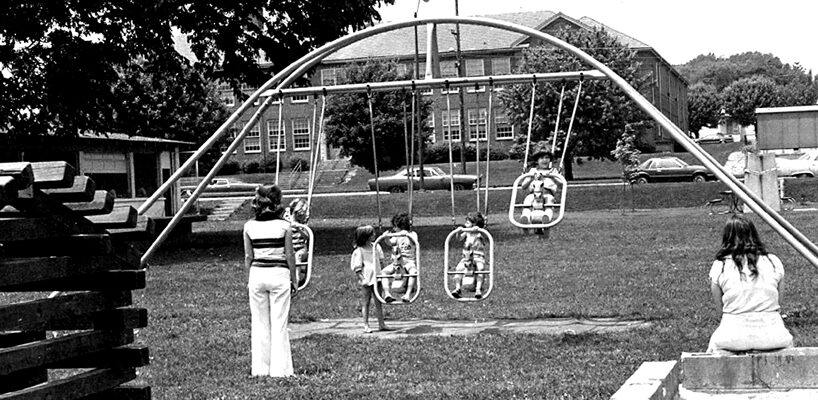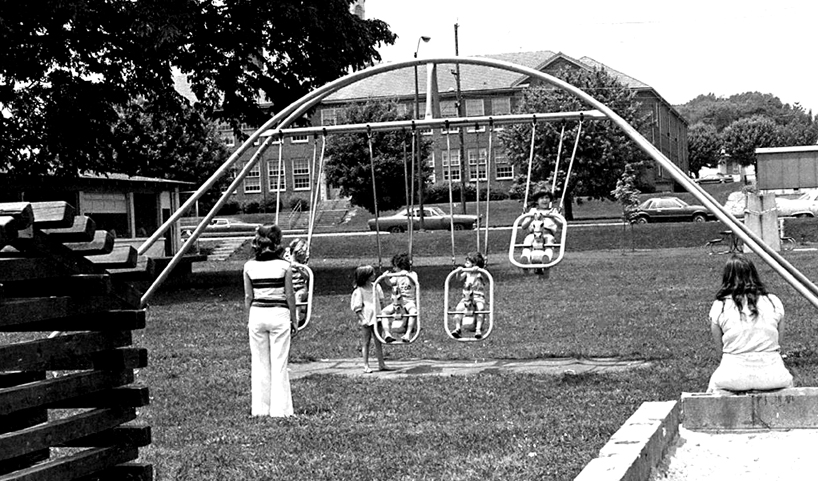December 25 is rapidly approaching, bringing with it “A Christmas Story,” television's annual Christmas story highlighting Ralphie Parker's obsession with chasing imaginary ruthless hombres using an air-operated Red Ryder Carbine.
I never get weary of watching this nostalgic classic, released in Nov. 1983 but portrayed to be in the 1940s. This year, I purchased the DVD option, thereby allowing me to watch it whenever and wherever I please.
During my youth, I always wanted a Red Ryder BB air gun, but I never acquired one. The Johnson Avenue Gang, that extended from Clark Street to Knob Creek Road and beyond, always seemed to have one or more air guns sitting around.
The age-old reason I never possessed one was that of the longstanding fear of shooting my eye out. In actuality, I borrowed an air rifle on occasion, as I grew older.
Recently while at a flea market, I purchased a Red Ryder carbine and carefully hid it in my garage workshop. The Daisy rifle box offered seven safety suggestions:
“Air-operated guns are recommended for use by those 10 years of age or older and under adult supervision. Know your air gun by reading your operation manual before using it. Always keep your air gun pointed in a safe direction.
“Always keep your finger off the trigger until ready to shoot. Keep the air gun unloaded with BBs until ready to use. Always wear eye protection. Always know the target and what is beyond it. The box also included an owner's operation manual and another safety booklet.”
Specifications of my BB Gun are as follows: Action: Lever Cocking, Spring Air Action. Ammunition: .177 cal., 4.5 mm BBs. Maximum Velocity: 350 fps. Maximum Distance 195 yards. Capacity: 650 shot. Stock/Forearm: Stained Solid Wood. Safety: Crossbolt Trigger Block, Length: 35.4″ and weight: 2.2 lbs. I can just see Red Ryder and Little Beaver standing there with Red holding it with pride.
Another caution on the box stated: “This is not a toy. Read all instructions before using. The purchaser and user should conform to all laws governing the use and ownership of airguns. Do not brandish or display this air gun in public; it may confuse people and cause people to think it is a firearm. Do not alter the color of your carbine so as to confuse people.” It was to be treated as a toy.
Article Text: Read From Top to Bottom, Left-Right
“Daisy BB Guns Catalog Daisy Handbook, 10 cents, Last Chance To Get Daisy Handbook No. 2. Rope 'Em Both For A Thin Dime And An Unused 3-Cent Stamp Partner – Red Ryder 128 Pages Of Comic Strips, Science, Jokes, Cowboy Lore – Plus Gun Catalog!”
Readable Text From the full Page Ad
“Hundreds of thousands of lucky boys have owned and enjoyed the exciting Daisy Handbook No. 2. Are you one of them? If not, here is your last chance! Only a limited supply left. No more will be printed.
“This big, thick, pocket-size, 128-page book has comic strips galore, cowboy-ranch cartoons, pages on magic, inventions, jokes, camping out, Marksmanship Manual, many others.
“Latest BB Gun Catalogue is bound inside the Handbook. Rush coupon and one thin dime plus an unused 3-cent stamp – we will mail your Handbook and Catalog postpaid. Money refunded if handbook supply runs out – so hurry!”
Shoot The Famous BB-Shot Red Ryder Cowboy Carbine
“Looks, feels, handles like a real western cowboy's saddle gun! Genuine Carbine Ring. Red Ryder's picture is branded on the pistol grip stock. Buy at hardware, sports goods or department stores, $4.95.
Own Daisy Pump … King Of All BB Guns
“Finest, most accurate Daisy! A 50-shot force-feed repeater. Cocks by pulling the slide back. Pistol grip, walnut finish stock. Beautiful “gold” engraved jacket. Ask Dad to get yours now. Only $6.95.
“Big news is coming later on how to be a champion shooter and win wonderful medals! Mark your coupon!”
A One Bolt Take Down Model, No. 25, $6.95
“Leather Saddle Throng Attached to Carbine Ring. Do not order BB Guns or shot direct. See your dealer (prices higher in the Rockies, West Coast, and Canada).
“Announcing New Daisy Giant Pouch of Bulls Eye BB Shot to use in Daisy BB Guns. Daisy Manufacturing Co., Dept. 1285, Plymouth, Michigan, U.S.A.”
Mailing Instructions
“The mail coupon said to enclose a 10-cent coin and an unused 3-cent stamp for Handbook No. 2 & the Catalogue, Rush Postpaid. “Send me FREE, when ready, complete details on how to be a champion shooter and win medals.”
Maybe this year, Ralphie will be more careful handling his carbine. Evidence that I enjoyed writing this article is that, as I penned it, I hugged my Daisy Carbine in my lap the whole time. What wonderful memories they were.
boblcox@bcyesteryear.com / www.bcyesteryear.com

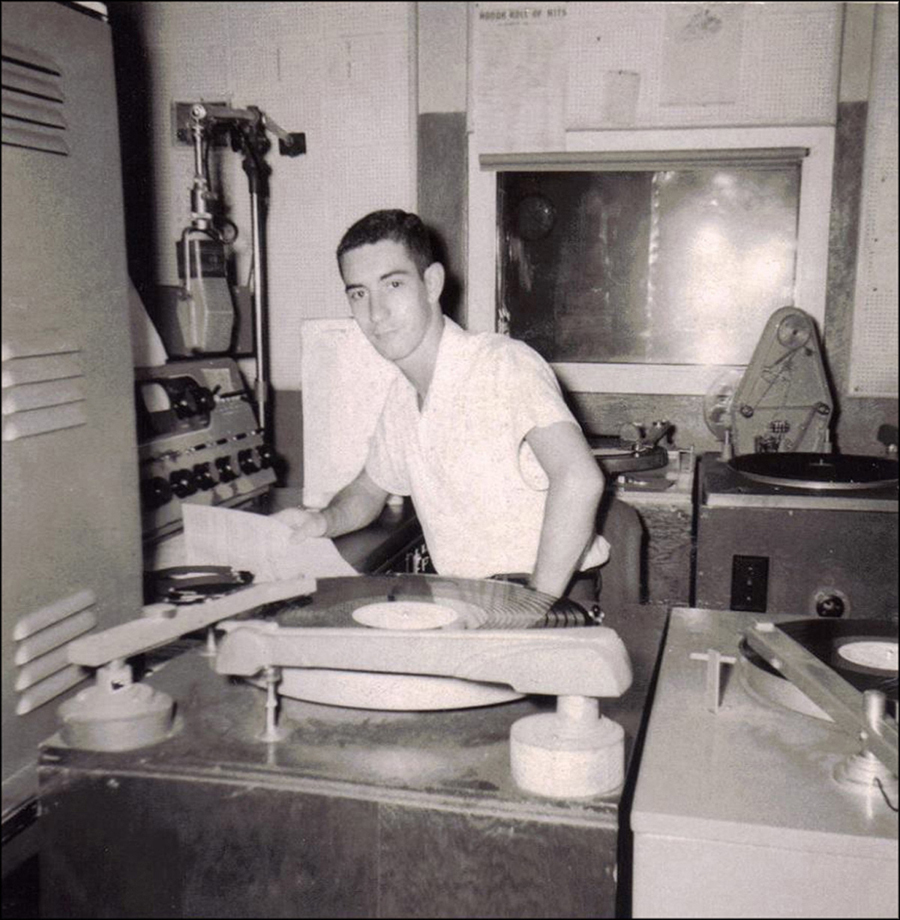 Former radio personality, Joe Goodpasture, provided me with his thoughts about radio, wishing he could go back and do it again. According to Joe:
Former radio personality, Joe Goodpasture, provided me with his thoughts about radio, wishing he could go back and do it again. According to Joe: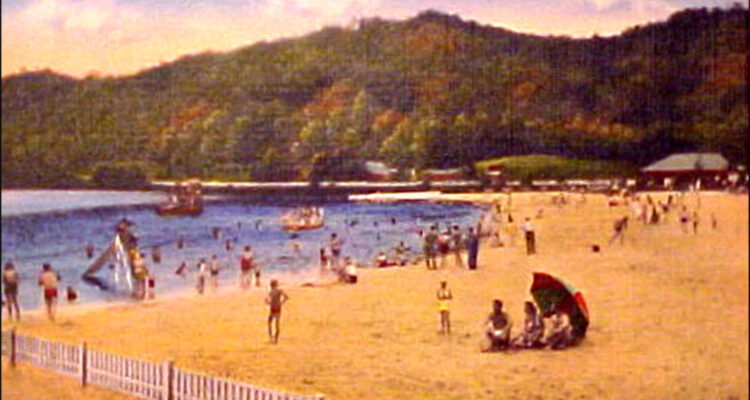

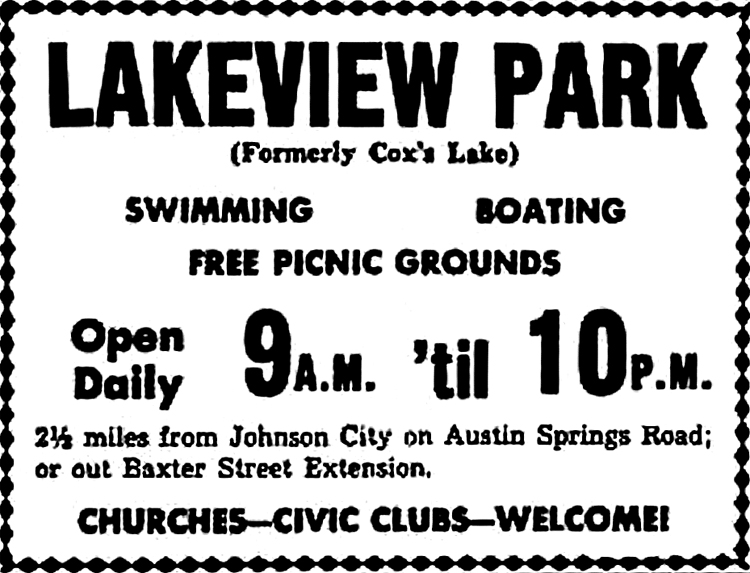
 (2)-543x400.jpg)
 (2).jpg)
.jpg)




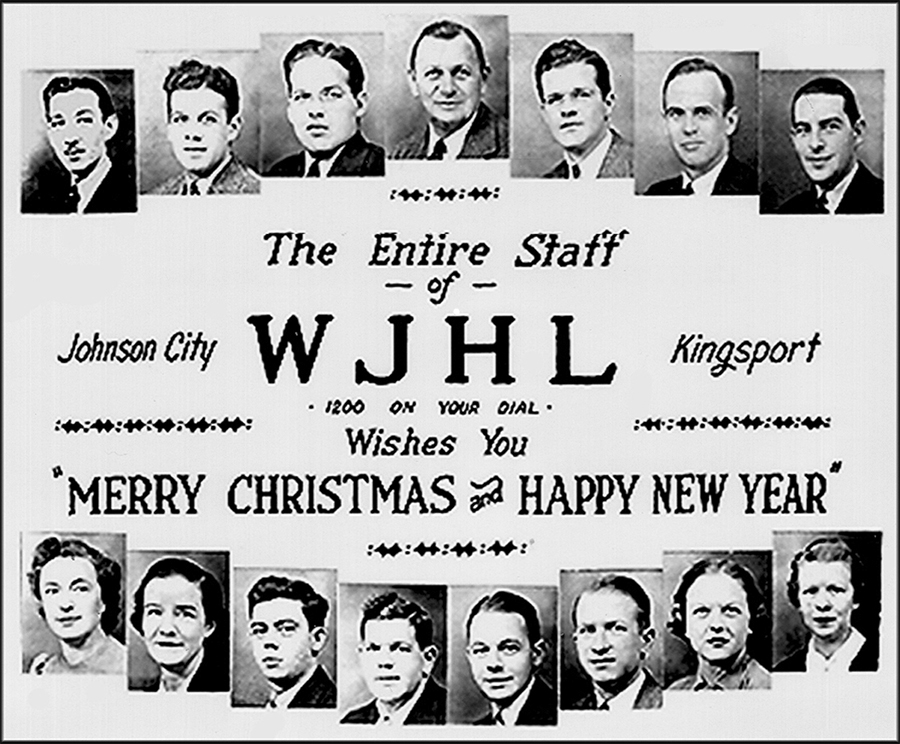
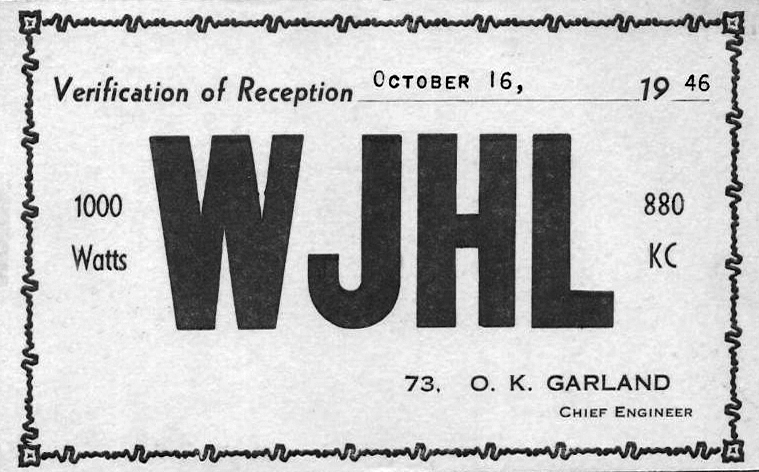


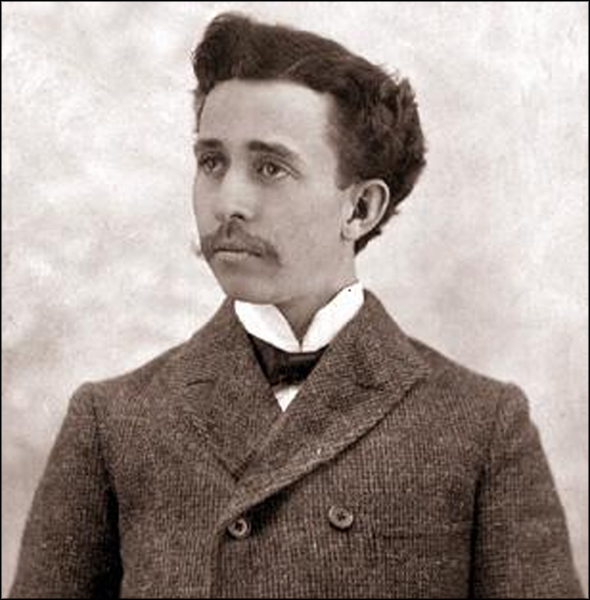
_0-392x400.jpg)
_0.jpg)
_0.jpg)


